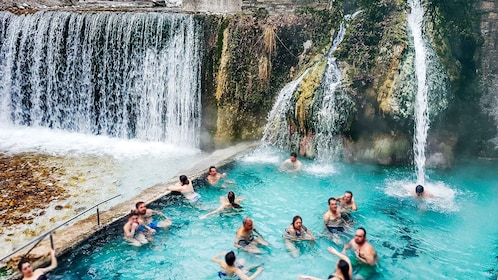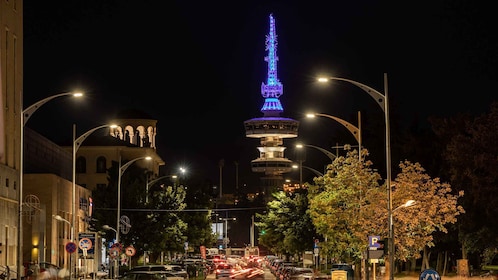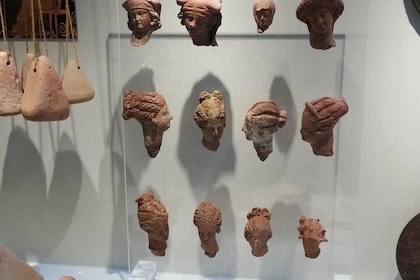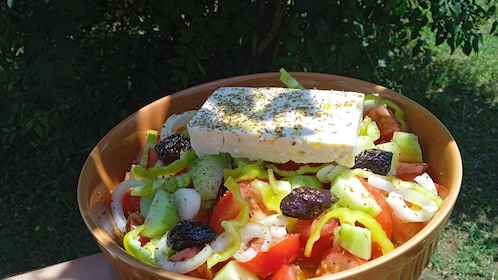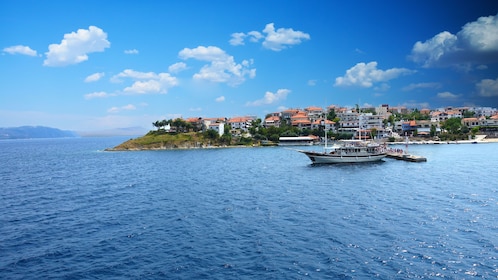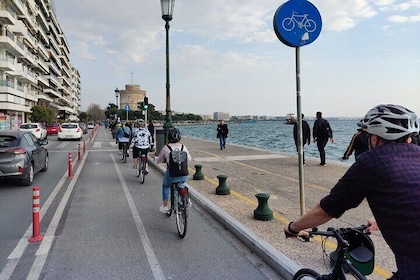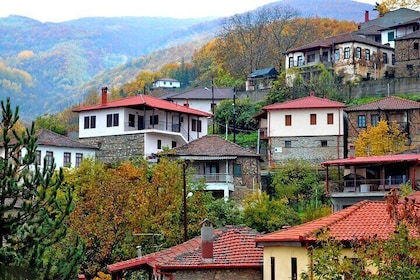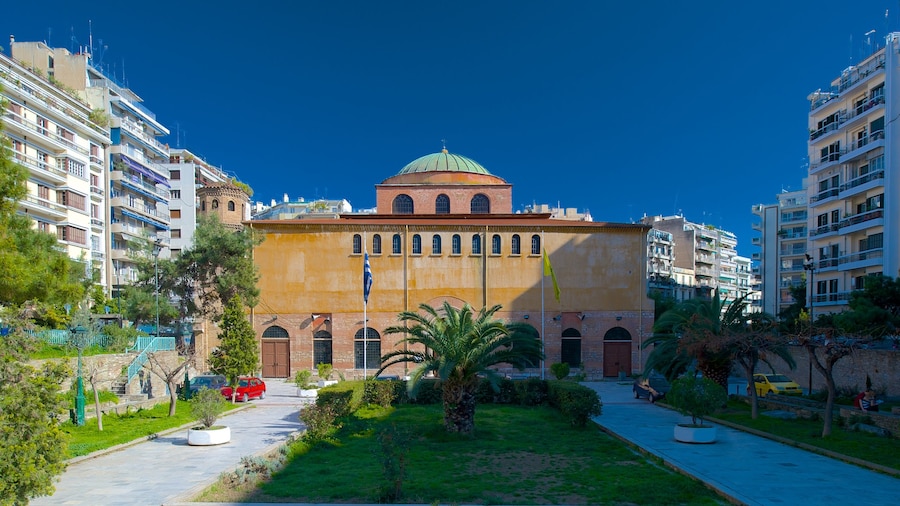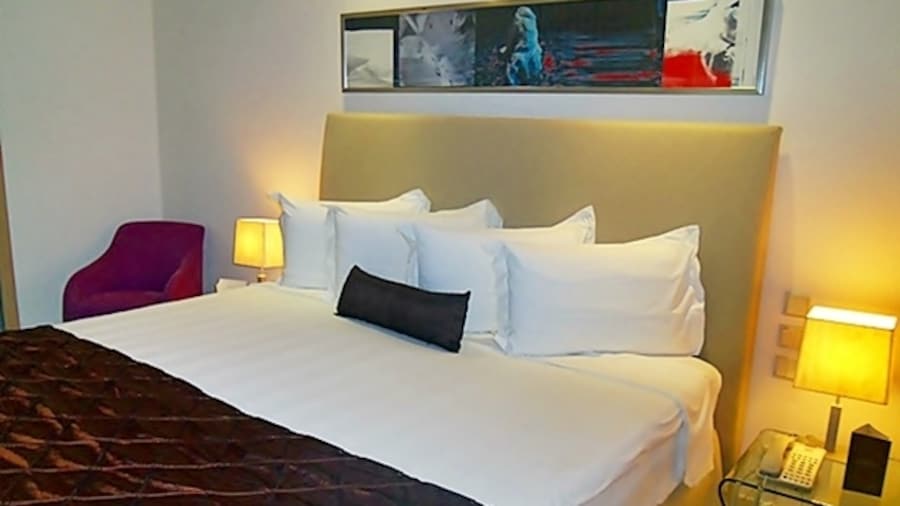See one of Thessaloniki’s most famous monuments, a symbol of the city and an intriguing example of 4th-century Roman architecture.
The Arch of Galerius, also known as the Kamara, dominates the landscape of central Thessaloniki. In addition to its impressive size and beautiful carvings, the arch serves as a powerful reminder of how the city has changed over the centuries. Today, you’ll find the historic Roman arch surrounded by the shops and restaurants of modern Thessaloniki.
The arch was once part of a commanding structure that consisted of a central dome and four large pillars, flanked by two smaller pillars. It was built in the early 4th century to commemorate Roman Emperor Galerius’ victory against the Sassanid Persians. The arch was strategically constructed over the city’s two main roads, one of which led to Galerius’ palace.
When it was first built, the arch was decorated with a series of sculpted marble panels, each separated by detailed moldings. Take a look at the three pillars that remain today and see a glimpse of history in this once-elaborate decoration. Examine them closely to see a depiction of Galerius attacking the Persian King, although in reality the two never actually met in battle. On another panel, you can see an eagle flying down towards Galerius, bearing a symbolic victory wreath.
Keep an eye out for the panels illustrated with images of the imperial family and Galerius united with the other ruling tetrarchs. These panels have faded with time, but their themes are still evident. Each carefully carved panel represents Galerius and the Roman Empire’s power.
Observe the striking contrast between this crumbling ancient monument and the modern cafés and shops that surround it today. As one of the city’s major landmarks, the arch is a popular meeting place for locals. Take an outdoor seat at one of the cafés and watch the busy movement of people around the arch.
The Arch of Galerius is on the northern side of Egnatia Street, not far from Artistotle Square and Thessaloniki’sfamous Rotunda. It can be reached on foot from most areas around the city center.



